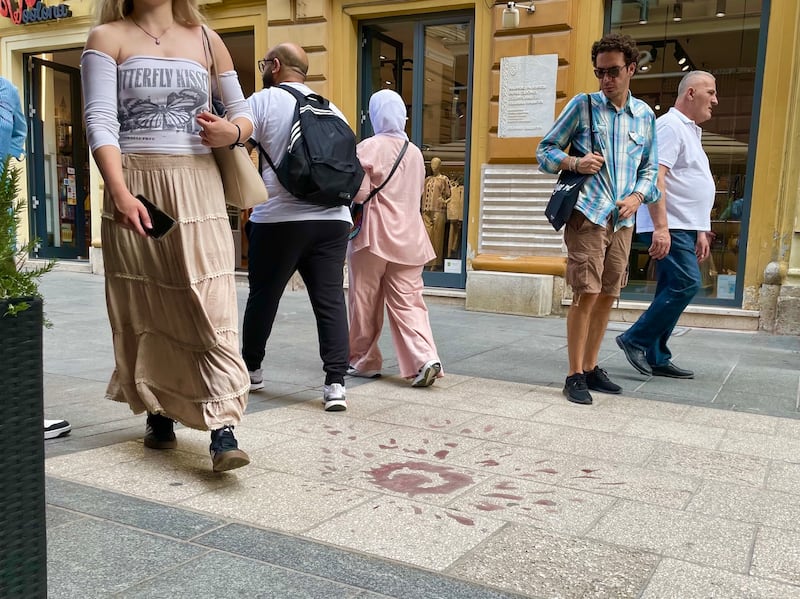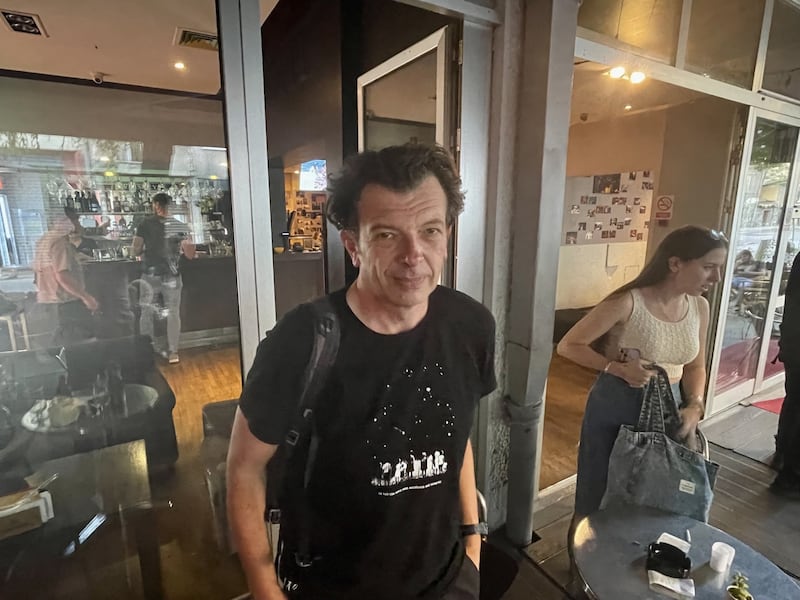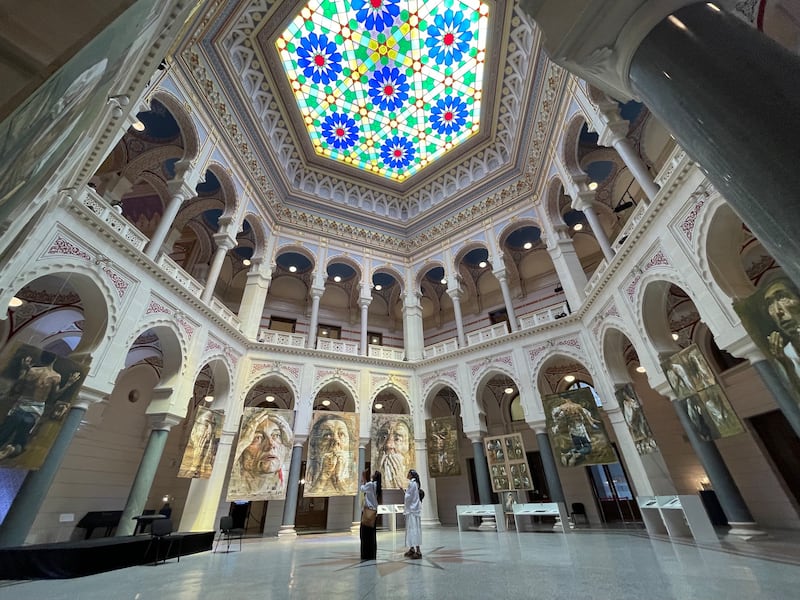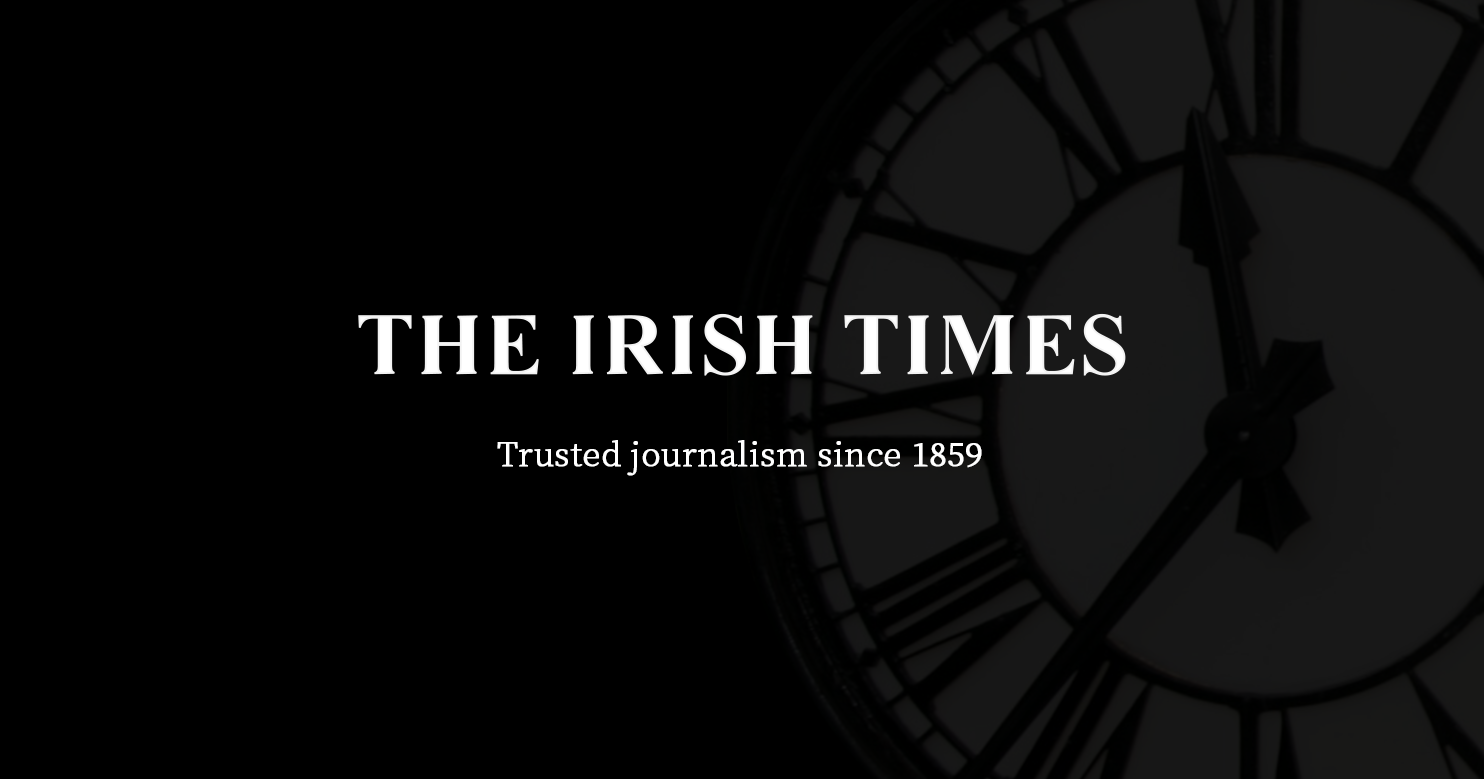Sarajevo is now bustling with tourists from around the world, many of whom must wonder at the centuries of coexistence that allowed synagogues, mosques and Orthodox and Catholic churches to be built side by side – and at the scars of a vicious ethnic war in the 1990s that tore apart and still mark Bosnia’s capital.
Serb forces besieged Sarajevo from April 1992 to February 1996, shelling its mostly Bosniak (Bosnian Muslim) population from surrounding hills and terrorising them with sharpshooters who turned a central avenue into a deadly “sniper alley”. The longest siege of a major city in modern history killed more than 11,000 people, including 1,600 children.
Some buildings and pavements are still pockmarked by bullets and shrapnel. Statues and plaques honour the dead. Museums on the war, the siege and the July 1995 Srebrenica genocide now feature alongside the city’s historic places of worship on the itineraries of most visitors.
There has been no serious ethnic violence in Sarajevo and Bosnia since the end of the siege and implementation of the 1995 Dayton Accords, which halted three years of fighting between Serb, Bosniak and Croat forces that claimed about 100,000 lives.
RM Block
Yet the legacy of the war – preserved and entrenched in some ways by the very peace deal that concluded it – still shapes the daily lives of many Bosnians from children in segregated schools to staff at national museums, galleries, libraries and archives who struggle to secure funding from politicians who work along ethnic lines.
Bosnia’s historical museum in central Sarajevo is one of seven national cultural institutions that were “orphaned” by the war and a settlement that established two ethnically based, semi-autonomous “entities” – Serb-run Republika Srpska and the Muslim-Croat Federation – linked only by weak central authorities in Sarajevo.
That set-up put no one in charge of the sensitive issues of culture and education at state level, leaving postwar policy and funding to regional and local officials who favour ethno-nationalism over more inclusive narratives. By allocating posts according to ethnicity, the Dayton-imposed political system perversely rewards such an approach.

“We are hearing for 30 years that we are nobody’s responsibility, because no one wants to take responsibility for delivering things to everyone, to all communities,” Elma Hasimbegovic, director of the historical museum, says.
“We are a national museum, but there is no direct state institution that could take over the founding rights of the museum.
“Dayton made a system in which nobody has responsibility for anything ... So everyone is passing the ball and no one is taking responsibility. Officials have no responsibility and live comfortably, that’s why they don’t want to change Dayton. And we are suffering because of this.”
The museum survives by seeking grants on a project-by-project basis, which makes for a precarious existence. At the same time, it preserves the museum’s independence and national approach in a country where ethnic loyalties colour every aspect of public life.
“If we were integrated into state structures as they are now, it would bring us into a corrupted and toxic system, into the system of a state that is not functional and that would make us think about being Bosniak or Serb or Croat. So far, we’ve managed to stay out of this system and this way of thinking,” Hasimbegovic says.
“We don’t want some politicians in parliament deciding about our politics, about our cultural work ... Even if we might get more security in our funding, it would be the end of our institution’s promotion of shared history and heritage and culture.”

Dozens of schools across the country remain ethnically segregated three decades after the war, with children from different communities following different curriculums in different classrooms, only mingling at break times or the end of the day.
“It is not good,” Christian Schmidt, the international high representative for Bosnia, says of the state of reconciliation efforts.
“This incredible structure of ‘one roof, two schools’ ... is so counterproductive for cohesion and European integration. Some of those who promote this ... have never realised that European integration needs acceptance of others, it needs working together.”
The Bosnian war has been investigated and documented in great detail, particularly by the United Nations tribunal for former Yugoslavia in The Hague, which heard from more than 4,500 witnesses and produced more than 2.5 million pages of transcripts between 1993 and its closure in 2017.
Yet there is no sign of a national consensus emerging on the war, and Serb officials still reject international court rulings that Serb forces committed genocide 30 years ago by massacring 8,000 Bosniak men and boys in and around Srebrenica. They also threaten to take Republika Srpska out of Bosnia rather than allow deeper integration in the Muslim-majority country.
Hasimbegovic suspects there will “never” be a national school textbook on the history of the war, because Bosniak, Serb and Croat narratives are irreconcilable.
“They are training kids to be nationalists and don’t give them constructive dialogues about the past or a critical point of view,” she says. “Even if kids don’t know much [history], they are trained to think ‘correctly’ as regards the politics around things.”

Damir Sagolj served with the Bosnian army in the war before becoming a Pulitzer-prize winning photographer. He now has an exhibition in Sarajevo to mark the 30th anniversary of the Srebrenica genocide.
“It’s something we have to get out, because if we don’t then very soon it might be too late and certain pages of history would be left blank,” he says of the need for his generation to document the war and its aftermath. “And that would be the worst thing, because then everybody would be invited to write whatever s**t they want there.”
Bosnia “never misses an opportunity to miss an opportunity”, he says. “We could have rebuilt the pillars of civil society, but instead we kept building nationalists parties, churches and the rest.”

The Vijecnica, Sarajevo’s city hall, was opened in 1896 when Austria-Hungary ruled Bosnia. That ended with the first World War, which was sparked by the June 1914 assassination of Habsburg archduke Franz Ferdinand just 400 metres away after he had visited the building by the Miljacka river.
The Vijecnica was severely damaged by Serb shelling in August 1992 when it served as Bosnia’s national library, destroying more than two million books, magazines and manuscripts. It reopened as the city hall in 2014 after meticulous renovation.
“I was 14 years old when the war started, and for the whole war I was in Sarajevo,” mayor Predrag Puharic says in his office in the Vijecnica.
“For me and generations afterwards it is important to spread the word globally – to spread the warning globally ... We survived the war, the siege, atrocities, in Sarajevo and the whole of Bosnia. Maybe it is an honour to be able to send a warning.”

Puharic, who is a Serb, condemns denial of the Srebrenica genocide, and the corruption and zero-sum ethnic politics that still blight Bosnia.
“What is frustrating ... is that we don’t want that kind of politics and narrative any more. What is in the national interest of all people here is to be in the European Union – not decisions that favour some politician’s family or something,” he says.
“Ten or 15 years ago, most people left Bosnia because of the economic situation. Now even people who are in a pretty good financial situation are leaving because of the politics.”
Despite its wartime scars, Sarajevo can still be a symbol of tolerance, Puharic says.
“I have friends who are Srebrenica survivors. It’s not news every time we have coffee, but it would be news if we ever had a fight. We must remember that we’ve had no fighting since the war,” he says.

“Just across the street you can see a pro-Palestine protest and 40 metres down the street is a synagogue. And there is no police presence. Mosques and churches are side by side.
“The Sarajevo mayor is not a Bosniak. Can you find another city in the region where a person who is not from the majority community is leading the city? And when I was appointed, nobody cared – we just had a new mayor.”
























